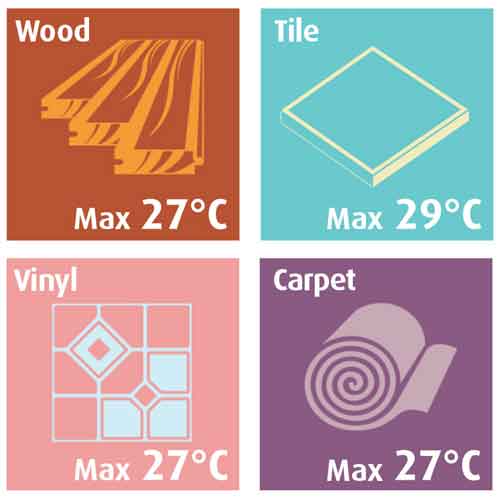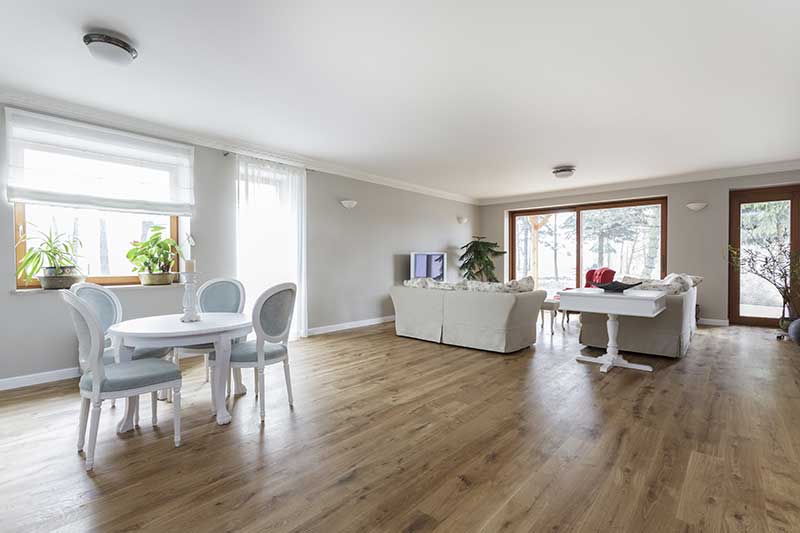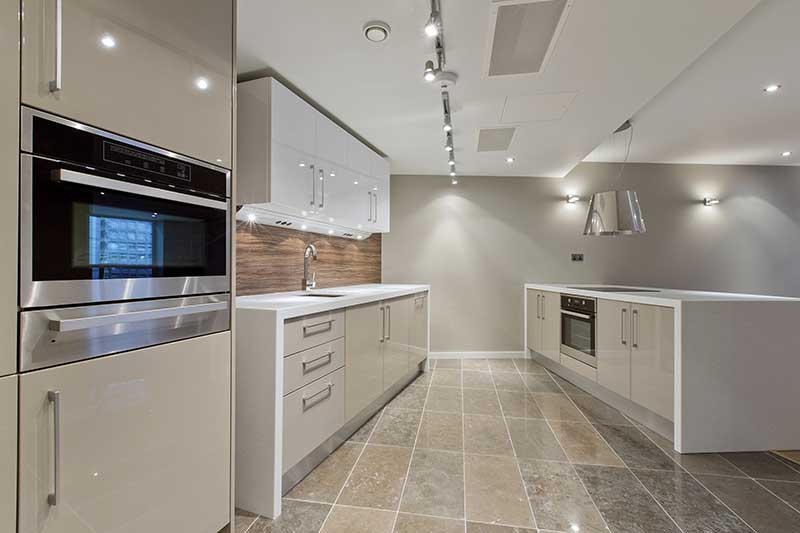Using floor heating with different floor finishes
Floor heating can be used under virtually any floor finish. The best covering for floor heating is flooring with good conductivity as it heats up quicker, gives more heat output and is more efficient to run. The main difference between using different flooring with floor heating is the thermal conductivity of the material.
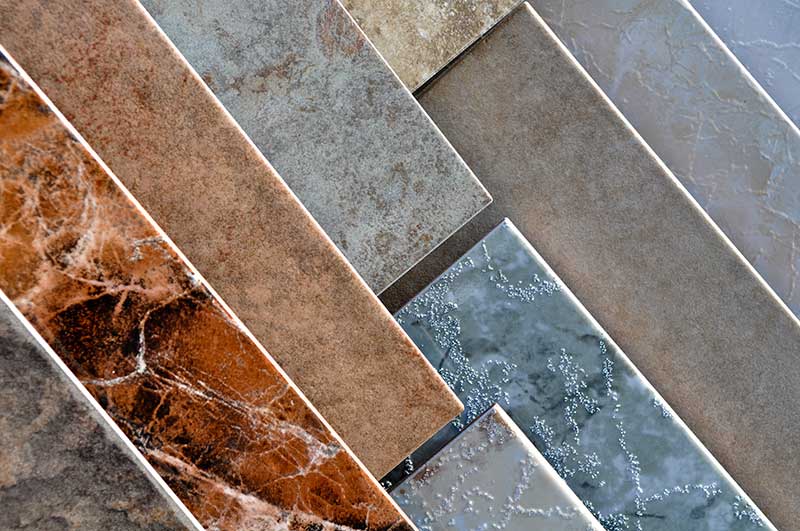

The best type of flooring to use with floor heating is ceramic tile and stone. Ceramic tile and stone have high thermal conductivity, meaning that the heat from an underfloor heating pipe or wire transfers to the floor surface quickly. Ceramic tile and stone also retain heat well making the system efficient. Due to the excellent thermal properties, tile and stone are ideal for use with floor heating in high heat loss areas such as conservatories. They can be heated to up to 29°C or more, giving a high heat output of up to 200W/m².
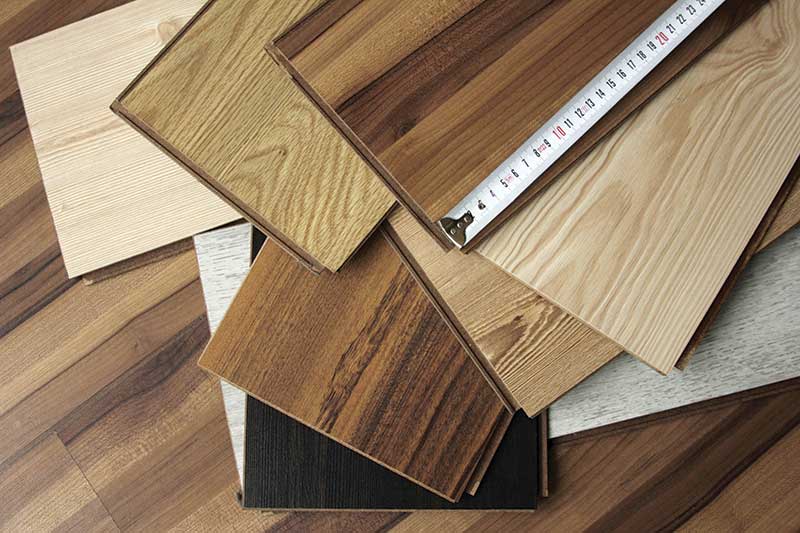

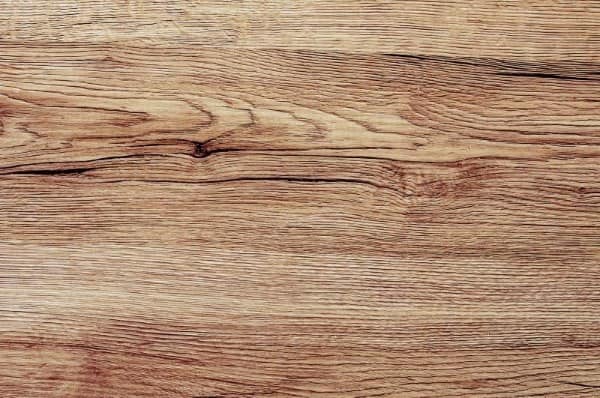

Engineered timber is the best type of wood flooring to use with an underfloor heating system as it performs well with changes in floor temperature. Other wood flooring may also be used, but with softer and less dense wood attention must be paid to the thickness of floorboards so that the floorboards do not act as an insulator blocking the heat. As a general rule for wood flooring, the floor surface temperature must not exceed 27°C.
Different types of wood flooring have different thermal properties, as such there are differences in their suitability for use with an underfloor heating system. The denser and the thinner the floor boards are, the better they conduct heat and typically more suitable they are for use with underfloor heating.
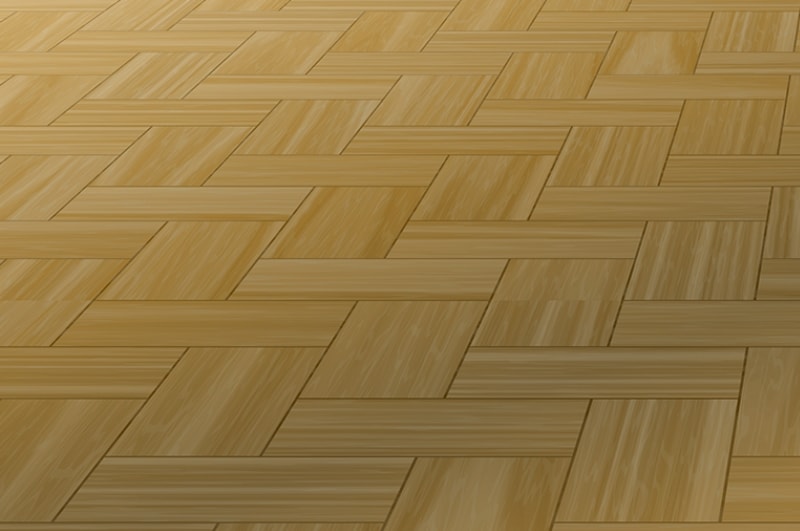
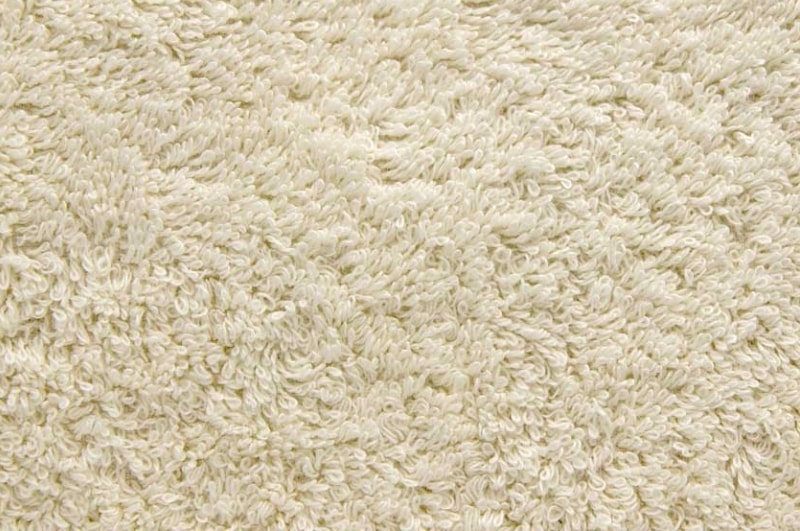

Carpet is suitable for use with underfloor heating, provided that the material of the carpet or underlay does not act as an insulator blocking the heat. The total tog of all materials, including any under and overlays, must not exceed 2.5 tog in order for the system to provide sufficient heat output.


